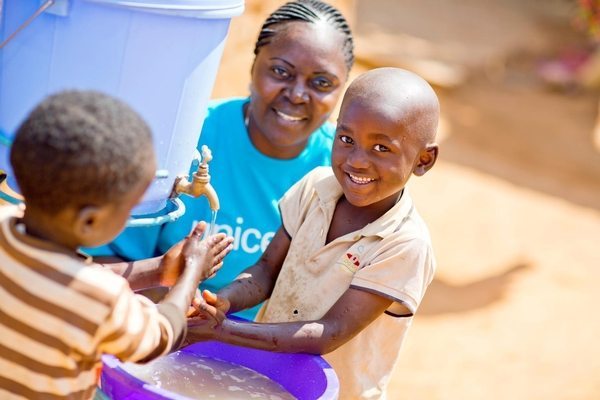Child mortality rates plunge by more than half since 1990 but global MDG target missed by wide margin
16,000 children under 5 years old die each day
NEW YORK/GENEVA/WASHINGTON, 9 September 2015 – Child mortality rates have plummeted to less than half of what they were in 1990, according to a new report released today. Under-five deaths have dropped from 12.7 million per year in 1990 to 5.9 million in 2015. This is the first year the figure has gone below the 6 million mark.
New estimates in Levels and Trends in Child Mortality Report 2015 released by UNICEF, the World Health Organization, the World Bank Group, and the Population Division of UNDESA, indicate that although the global progress has been substantial, 16,000 children under five still die every day. And the 53 per cent drop in under-five mortality is not enough to meet the Millennium Development Goal of a two-thirds reduction between 1990 and 2015.
“We have to acknowledge tremendous global progress, especially since 2000 when many countries have tripled the rate of reduction of under-five mortality,” said UNICEF Deputy Executive Director Geeta Rao Gupta. “But the far too large number of children still dying from preventable causes before their fifth birthday – and indeed within their first month of life – should impel us to redouble our efforts to do what we know needs to be done. We cannot continue to fail them.”
The report notes that the biggest challenge remains in the period at or around birth. A massive 45 per cent of under-five deaths occur in the neonatal period – the first 28 days of life. Prematurity, pneumonia, complications during labour and delivery, diarrhoea, sepsis, and malaria are leading causes of deaths of children under 5 years old. Nearly half of all under-five deaths are associated with undernutrition.
However, most child deaths are easily preventable by proven and readily available interventions. The rate of reduction of child mortality can speed up considerably by concentrating on regions with the highest levels – sub-Saharan Africa and Southern Asia – and ensuring a targeted focus on newborns.
“We know how to prevent unnecessary newborn mortality. Quality care around the time of childbirth including simple affordable steps like ensuring early skin-to-skin contact, exclusive breastfeeding and extra care for small and sick babies can save thousands of lives every year,” noted Dr Flavia Bustreo, Assistant Director General at WHO. “The Global Strategy for Women’s, Children’s and Adolescents’ Health, to be launched at the UN General Assembly this month, will be a major catalyst for giving all newborns the best chance at a healthy start in life.”


